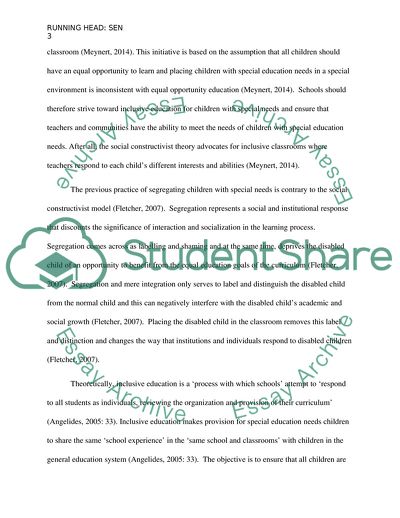Cite this document
(Practical Aspects of Special Education Needs: Children with Hearing Coursework Example | Topics and Well Written Essays - 2250 words, n.d.)
Practical Aspects of Special Education Needs: Children with Hearing Coursework Example | Topics and Well Written Essays - 2250 words. https://studentshare.org/education/1864806-theoretical-and-practical-aspect-of-sen
Practical Aspects of Special Education Needs: Children with Hearing Coursework Example | Topics and Well Written Essays - 2250 words. https://studentshare.org/education/1864806-theoretical-and-practical-aspect-of-sen
(Practical Aspects of Special Education Needs: Children With Hearing Coursework Example | Topics and Well Written Essays - 2250 Words)
Practical Aspects of Special Education Needs: Children With Hearing Coursework Example | Topics and Well Written Essays - 2250 Words. https://studentshare.org/education/1864806-theoretical-and-practical-aspect-of-sen.
Practical Aspects of Special Education Needs: Children With Hearing Coursework Example | Topics and Well Written Essays - 2250 Words. https://studentshare.org/education/1864806-theoretical-and-practical-aspect-of-sen.
“Practical Aspects of Special Education Needs: Children With Hearing Coursework Example | Topics and Well Written Essays - 2250 Words”. https://studentshare.org/education/1864806-theoretical-and-practical-aspect-of-sen.


